
Introduction: How Yoga Calms the Mind and Heals Stress
Stress is one of the biggest challenges of modern life. Work deadlines, family responsibilities, financial pressures, and even constant screen time keep our nervous systems in ‘fight or flight’ mode. Over time, this chronic stress leads to anxiety, insomnia, headaches, fatigue, and even depression.
Yoga offers a natural, science-backed way to reset the nervous system. Through mindful breathing, gentle postures, and meditative awareness, yoga stimulates the parasympathetic nervous system (rest and digest), lowers cortisol (stress hormone), and increases serotonin (the ‘happy’ chemical).
This guide explores the 10 best yoga poses for stress relief and mental health, including step-by-step instructions, benefits, and how to integrate them into a calming routine.
The Science Behind Yoga and Stress Relief
The Mind-Body Connection
• Stress activates the sympathetic nervous system (fight-or-flight).
• Yoga encourages slow breathing and gentle movement, which shifts the body into parasympathetic mode (relax and heal).
Proven Benefits of Yoga for Mental Health
Studies have shown yoga can:
• Reduce anxiety and depression symptoms.
• Improve sleep quality.
• Enhance focus and mental clarity.
• Lower heart rate and blood pressure.
• Boost resilience to daily stressors.
Why Poses Matter
Not all yoga poses are equal for stress relief. Gentle forward bends, twists, heart-openers, and restorative postures are particularly effective because they:
• Encourage deep breathing.
• Release tension in shoulders, hips, and back.
• Calm the nervous system.
10 Best Yoga Poses for Stress Relief
1. Child’s Pose (Balasana)
• Kneel on the mat, sit back on heels.
• Stretch arms forward, forehead on mat.
• Breathe deeply, relax completely.
Benefits: Calms the mind, relieves back tension, soothes the nervous system.

2. Standing Forward Bend (Uttanasana)
• Stand tall, exhale, and fold forward at the hips.
• Let the head and arms hang heavy.
• Slightly bend knees if needed.
Benefits: Releases tension in the spine, improves circulation, and quiets the brain.
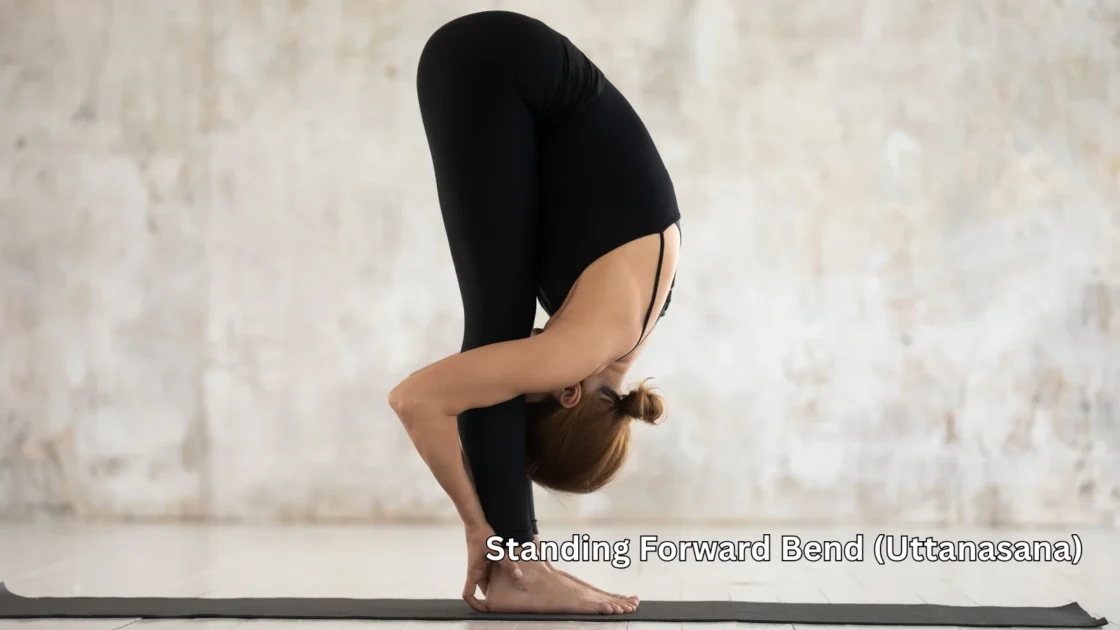
3. Cat-Cow Stretch (Marjaryasana–Bitilasana)
• On all fours, inhale arching the back (Cow), exhale rounding the spine (Cat).
• Flow with breath for several rounds.
Benefits: Releases back and neck tension, improves spinal flexibility, eases stress.
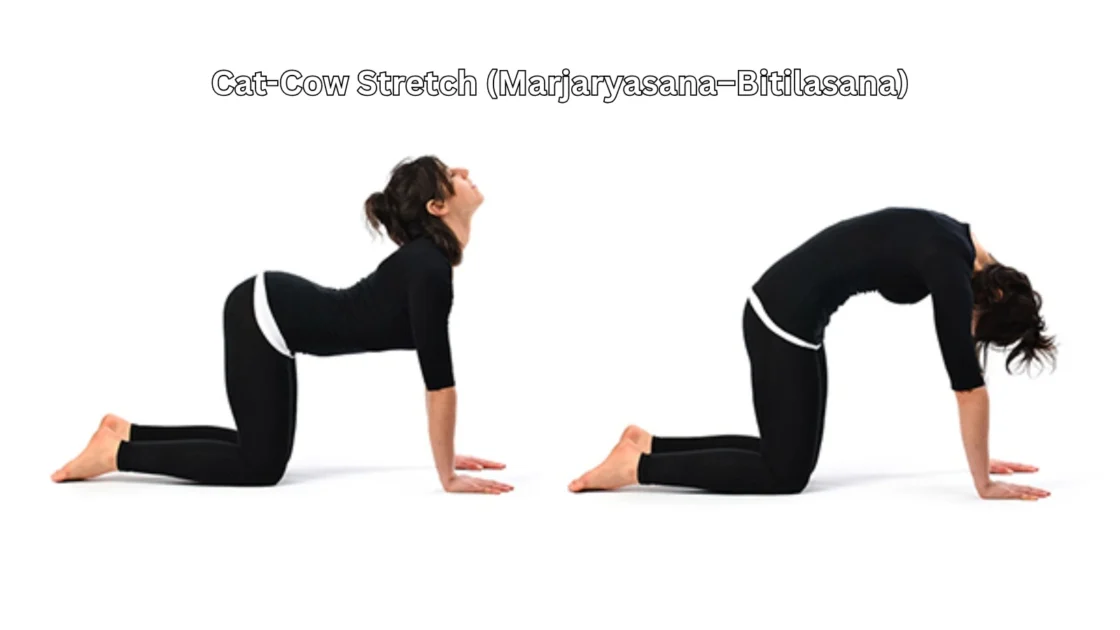
4. Legs Up the Wall (Viparita Karani)
• Sit close to a wall, swing legs up vertically.
• Rest arms at sides, close eyes, breathe deeply.
Benefits: Reduces anxiety, improves blood circulation, and relieves tired legs.
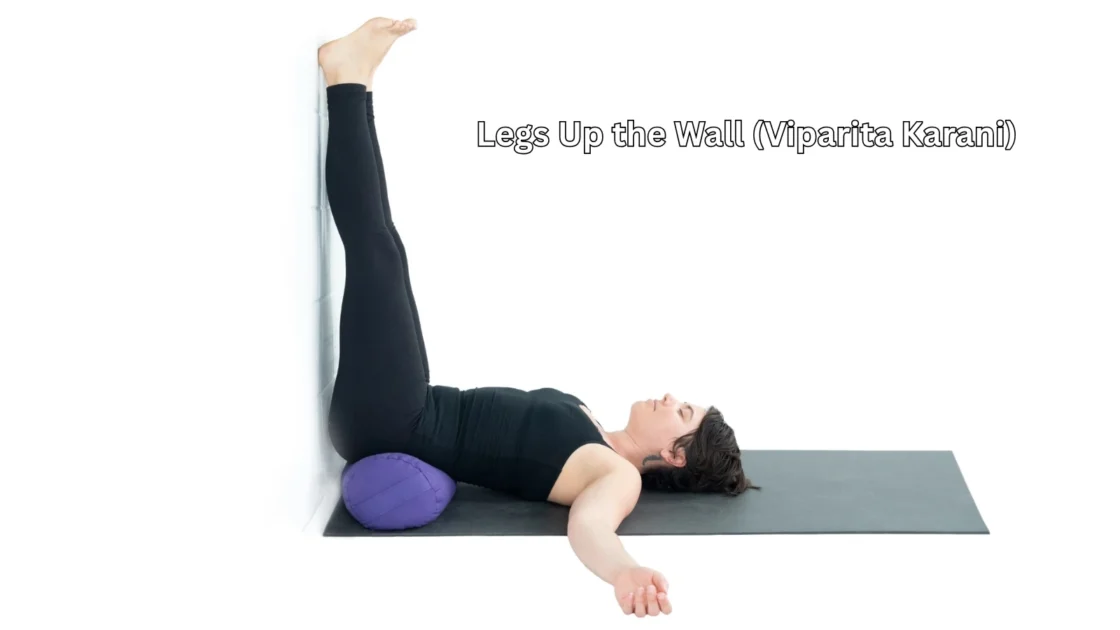
5. Bridge Pose (Setu Bandhasana)
• Lie on your back, bend knees, feet flat.
• Inhale, lift hips upward, and clasp hands under the body.
Benefits: Opens chest, improves circulation, energizes while calming.

6. Seated Forward Bend (Paschimottanasana)
• Sit with legs extended, inhale, lengthen spine, exhale, fold forward.
Benefits: Calms the mind, stretches the spine and hamstrings, relieves anxiety.
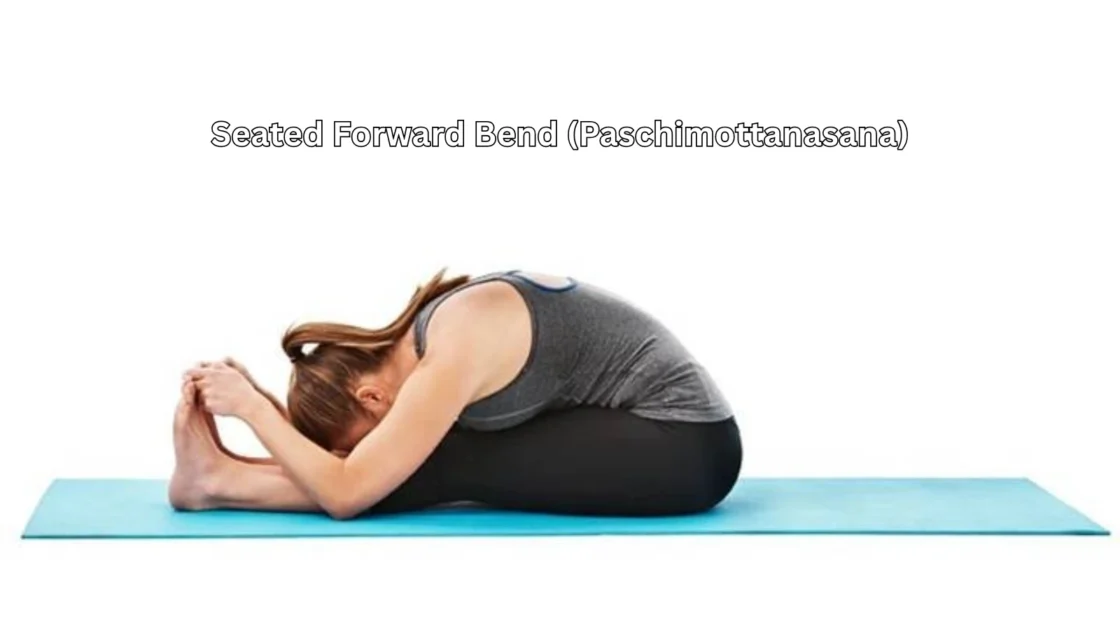
7. Supine Spinal Twist (Supta Matsyendrasana)
• Lie on your back, hug your knees, drop both to one side while your arms extend outward.
Benefits: Releases spinal tension, massages organs, and encourages relaxation.
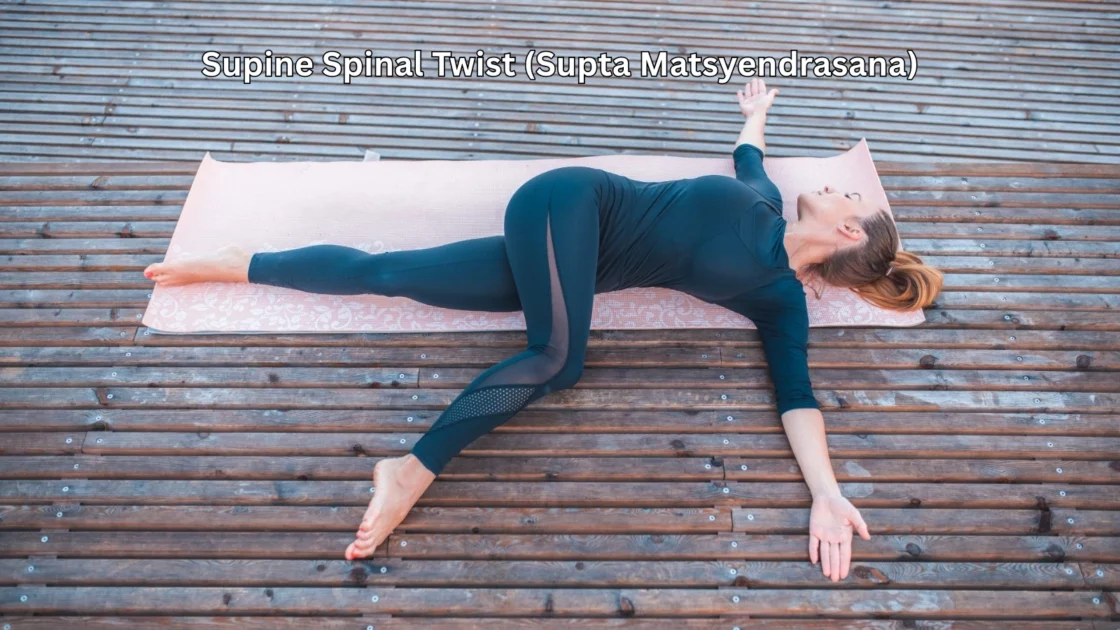
8. Easy Pose with Forward Fold (Sukhasana)
• Sit cross-legged, inhale arms overhead, exhale fold forward.
Benefits: Grounds the mind, promotes inner calm, relieves fatigue.
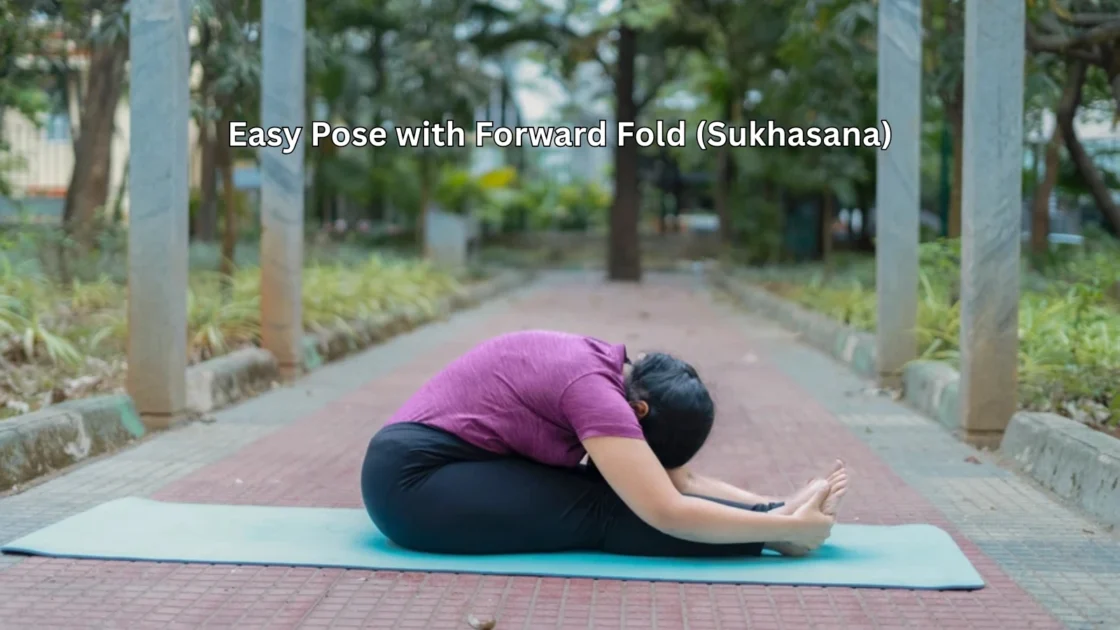
9. Corpse Pose (Savasana)
• Lie flat on back, arms relaxed, palms up.
• Close eyes, breathe naturally, remain still.
Benefits: Deep relaxation, resets the nervous system, integrates practice.
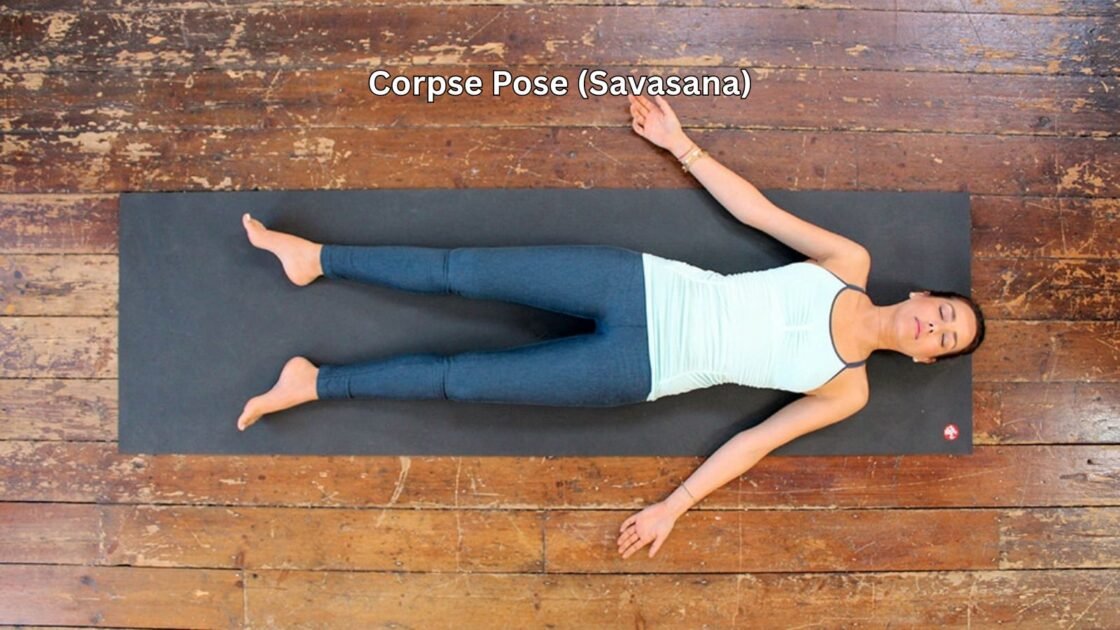
10. Supported Reclining Bound Angle (Supta Baddha Konasana)
• Lie on your back, bring the soles of your feet together, knees fall open.
• Place cushions under knees for support.
Benefits: Opens hips, releases emotional tension, restores balance.
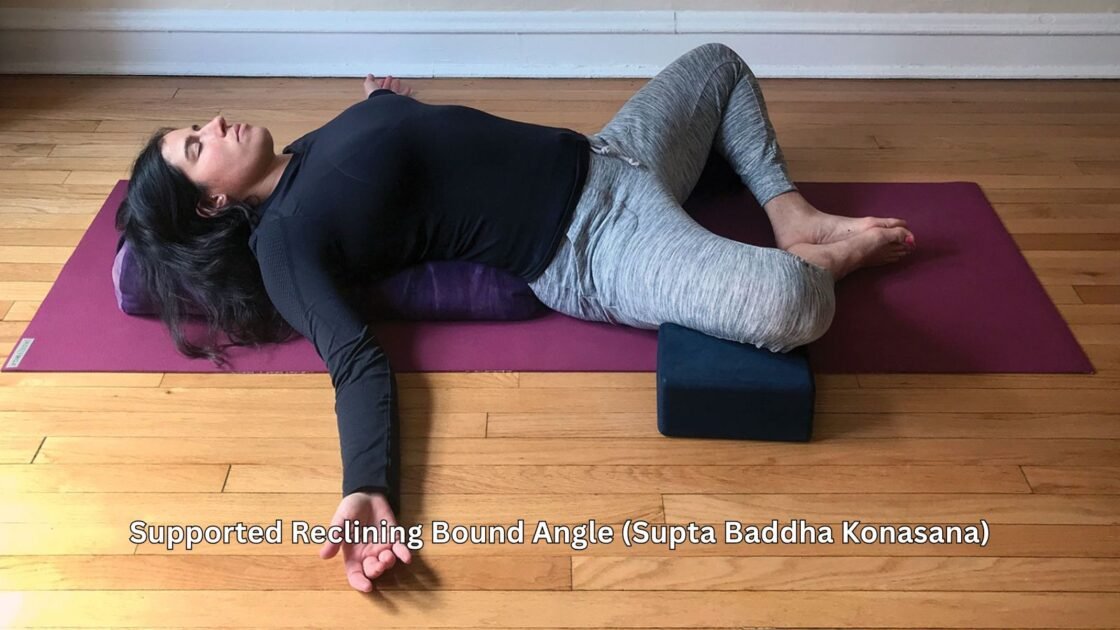
A Stress-Relief Yoga Routine (20–30 Minutes)
Here’s a simple calming sequence:
1. Child’s Pose – 2 min
2. Cat-Cow Stretch – 3 min
3. Standing Forward Bend – 2 min
4. Seated Forward Bend – 3 min
5. Supine Spinal Twist – 2 min each side
6. Bridge Pose – 2 min
7. Legs Up the Wall – 5 min
8. Supported Reclining Bound Angle – 5 min
9. Corpse Pose – 5–10 min
Breathing and Meditation for Stress Relief
Deep Belly Breathing (Diaphragmatic Breathing)
• Inhale deeply through the nose, expanding the belly.
• Exhale slowly through the mouth.
• Repeat 5–10 times.
Alternate Nostril Breathing (Nadi Shodhana)
• Close right nostril, inhale left.
• Close the left nostril, exhale right.
• Inhale right, exhale left.
• Repeat 5–7 cycles.
Guided Meditation After Yoga
• Sit in Easy Pose or Savasana.
• Focus on breath or use a mantra.
• Even 5 minutes can reduce stress hormones.
Benefits of Stress-Relief Yoga
• Immediate: Calmness, reduced heart rate, muscle relaxation.
• Short-Term: Improved sleep, lower anxiety, better focus.
• Long-Term: Greater resilience, emotional balance, reduced risk of depression.
Common Mistakes to Avoid
• Rushing through poses.
• Holding breath instead of breathing deeply.
• Forcing flexibility (stress should ease, not increase).
• Skipping relaxation (Savasana is crucial).
Tips for a Successful Stress-Relief Practice
• Practice at the same time daily (morning or before bed).
• Create a calming environment (dim lights, soft music).
• Use props for comfort.
• End with gratitude journaling or meditation.
Frequently Asked Questions (SEO Section)
Q1. Can yoga cure stress and anxiety?
Yoga doesn’t ‘cure’ stress but helps manage and reduce it effectively.
Q2. How often should I do yoga for stress relief?
Even 15–20 minutes of daily exercise can make a significant difference.
Q3. Which is the best pose for instant relaxation?
Legs Up the Wall and Savasana are the most calming.
Q4. Is yoga more effective than meditation for managing stress?
Yoga + meditation together are most effective.
Q5. Can beginners do stress-relief yoga?
Absolutely! All the poses in this guide are beginner-friendly.
Conclusion: Breathe, Release, and Heal
Stress is inevitable—but how you respond to it can change your life. With yoga, you can move from tension to tranquility, from chaos to calm.
By practicing these 10 stress-relieving yoga poses and incorporating mindful breathing, you’ll cultivate not just a healthier body, but a calmer, clearer mind.
Your mat is waiting. Roll it out, breathe deeply, and let go of the stress that no longer serves you.

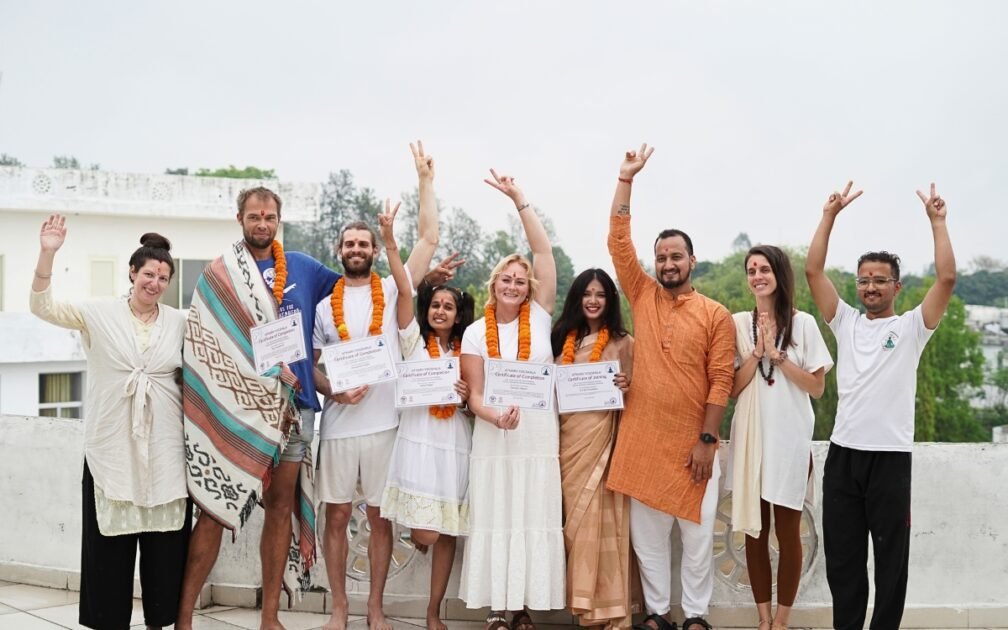
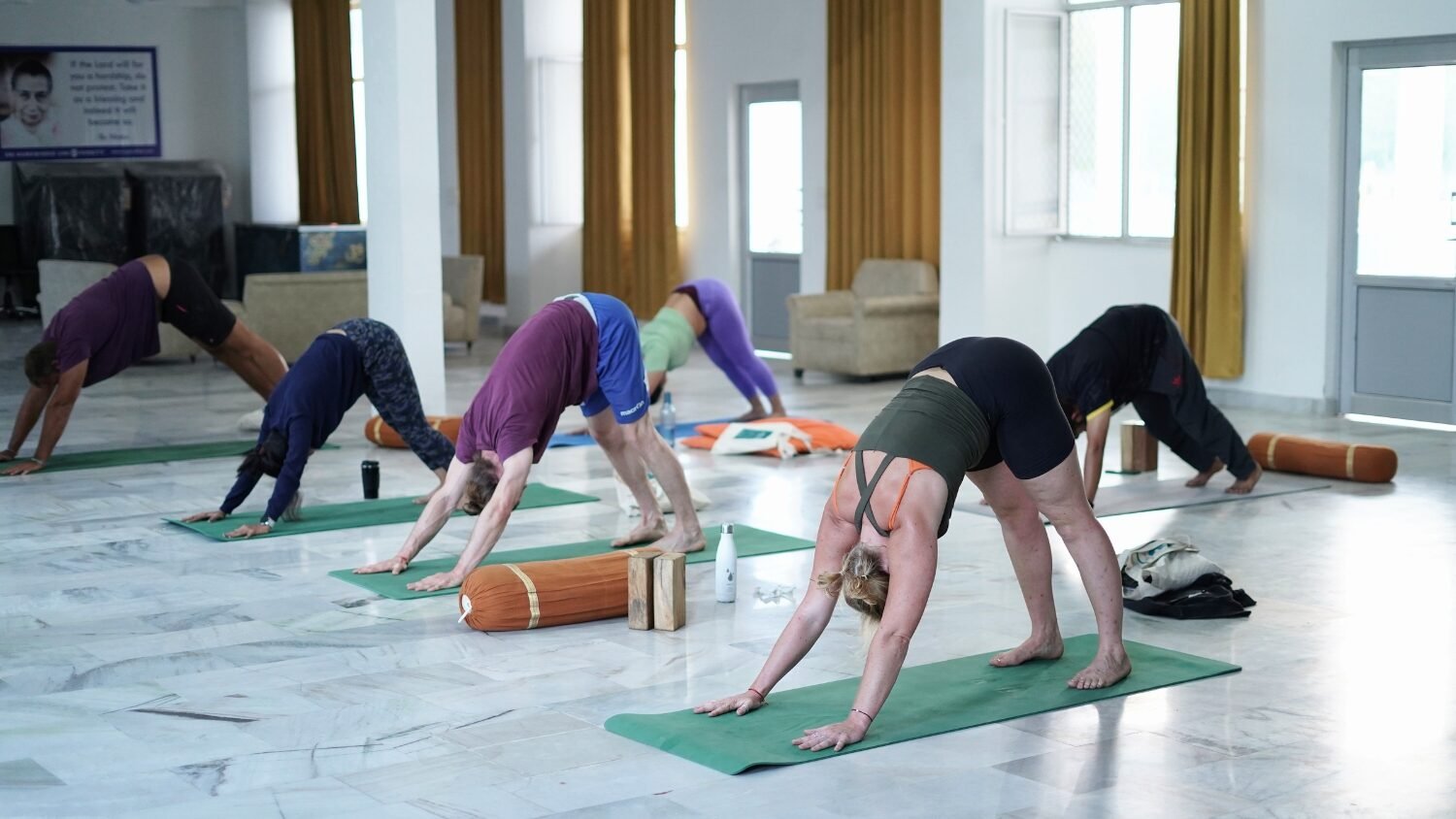
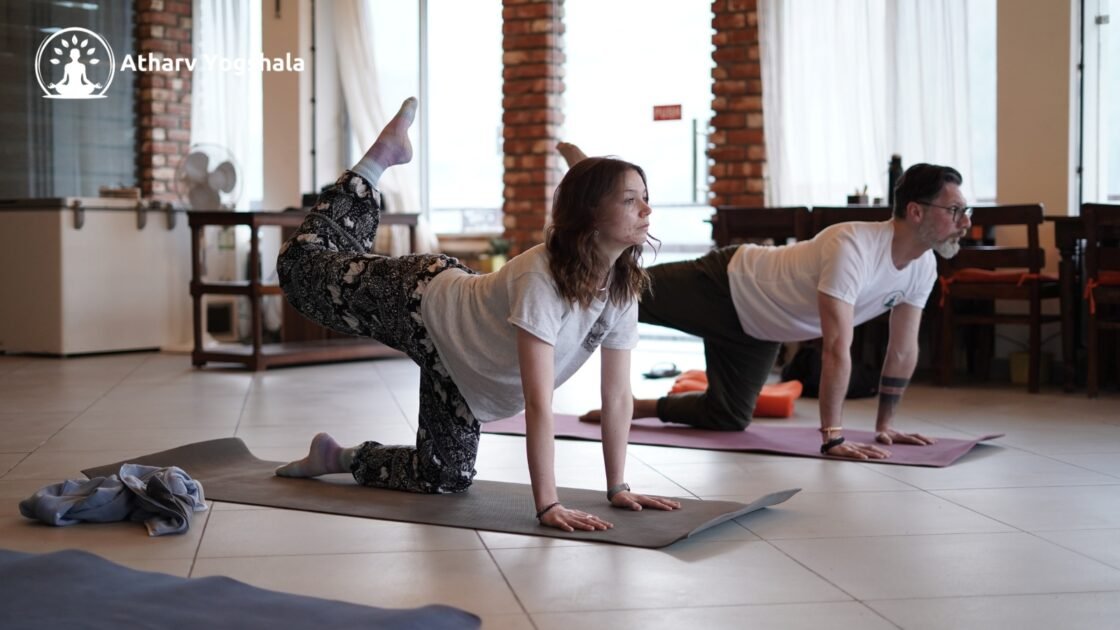


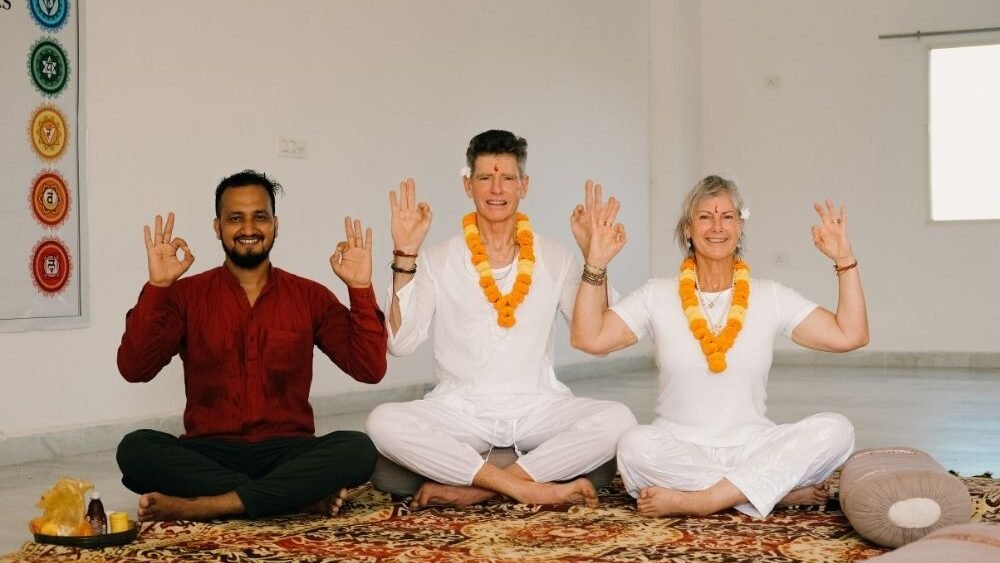





Leave a comment: